
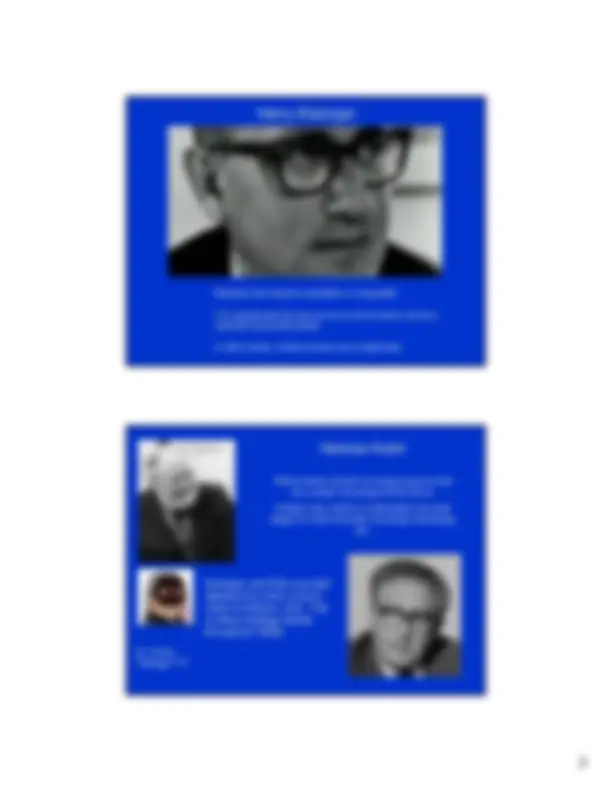
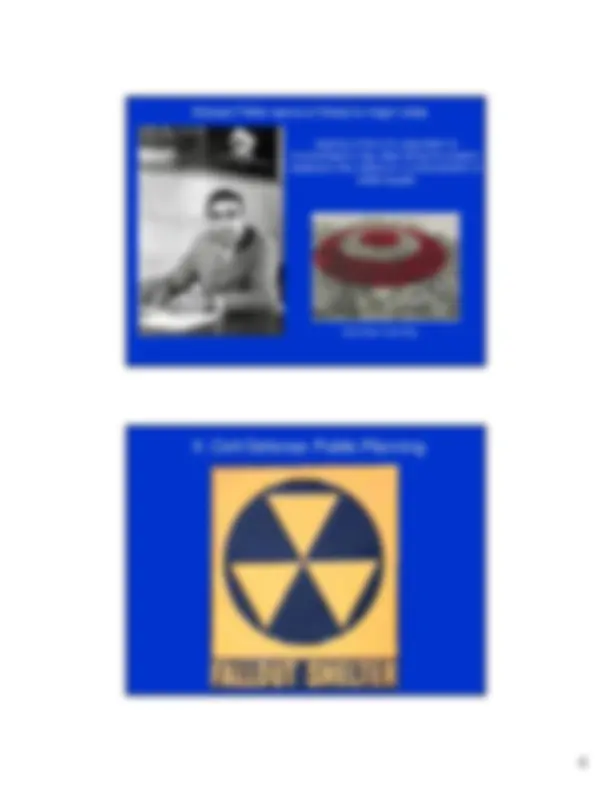
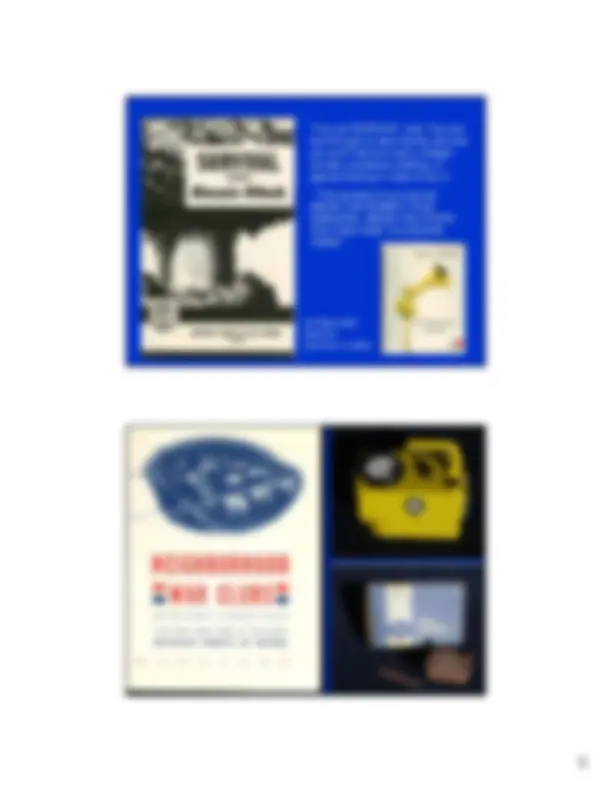
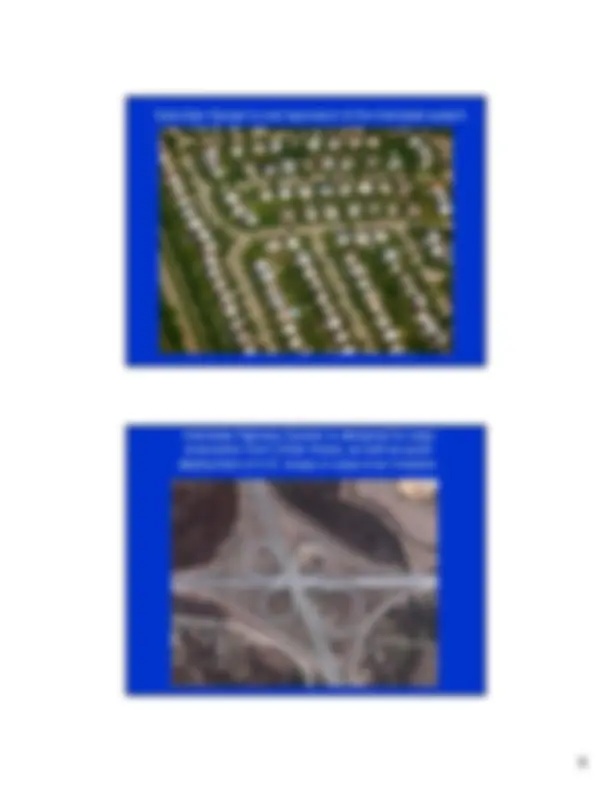
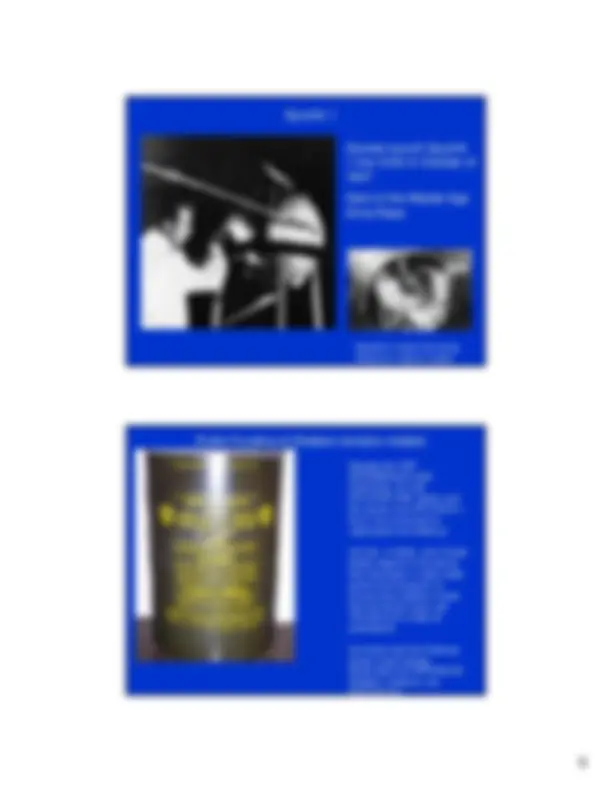
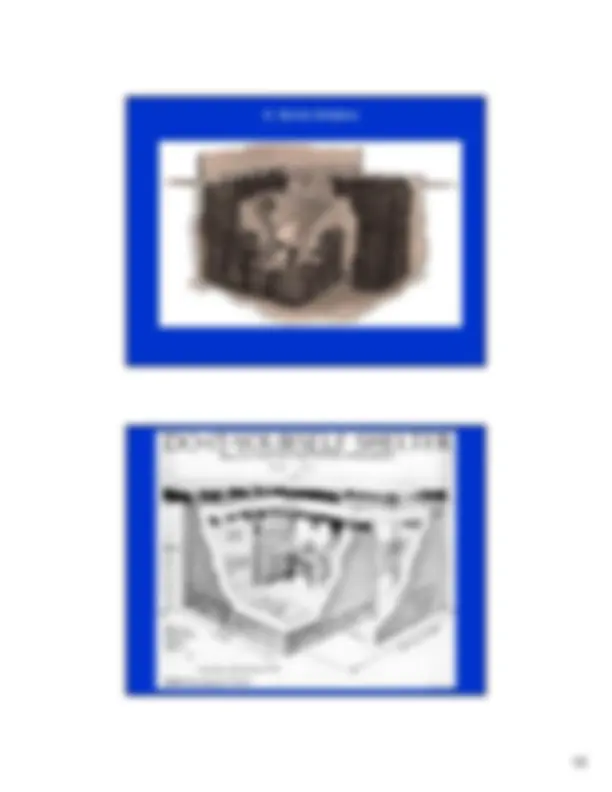
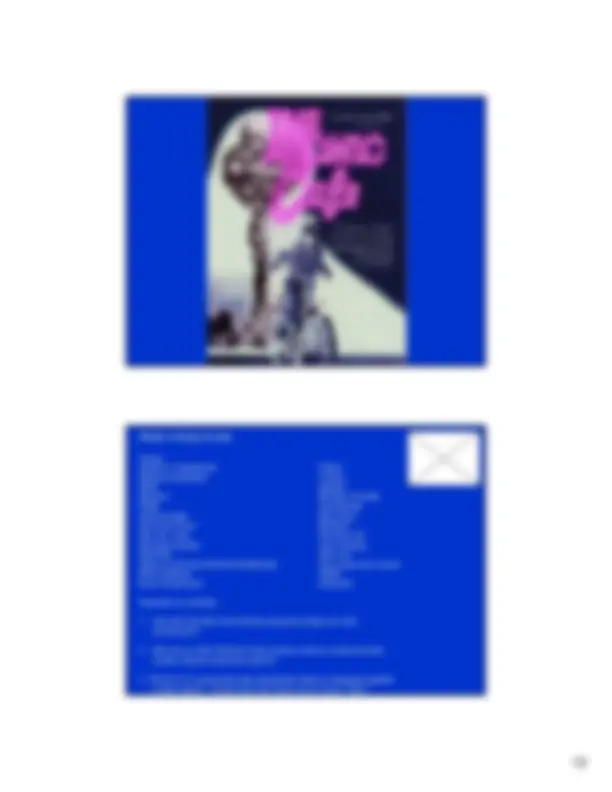
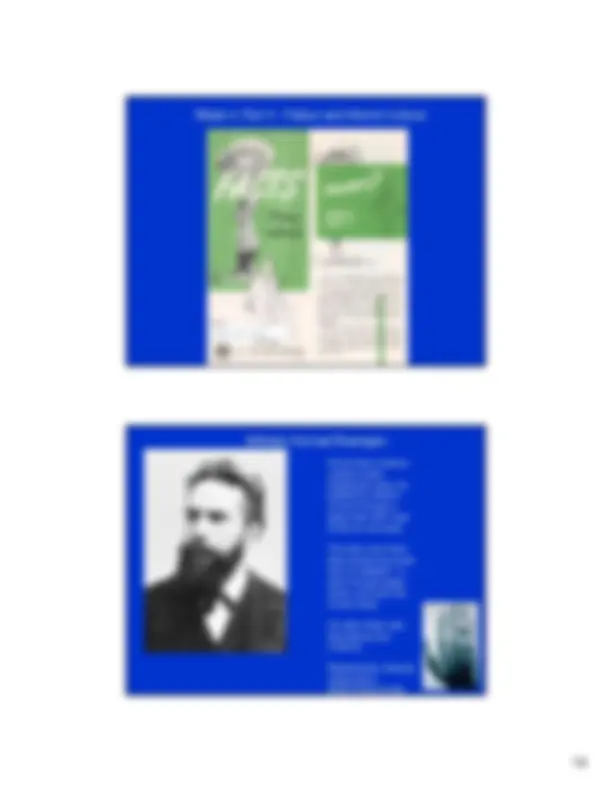
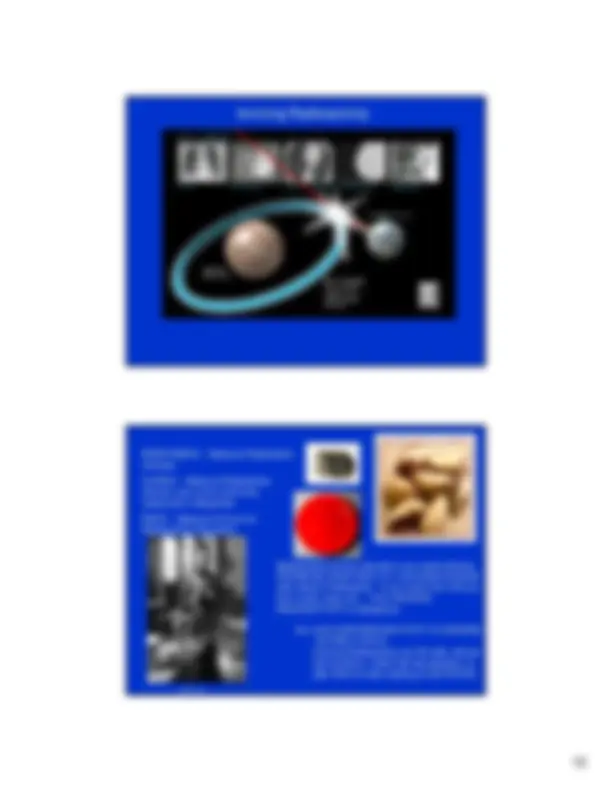
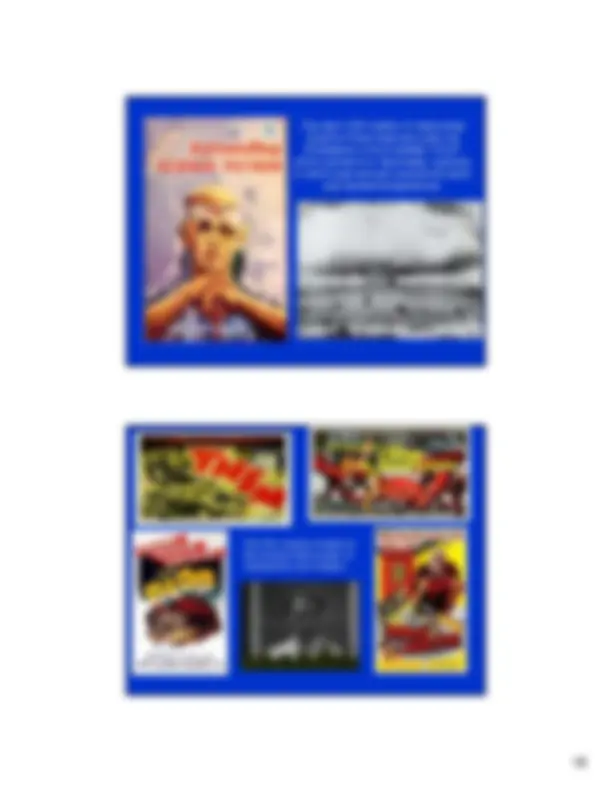
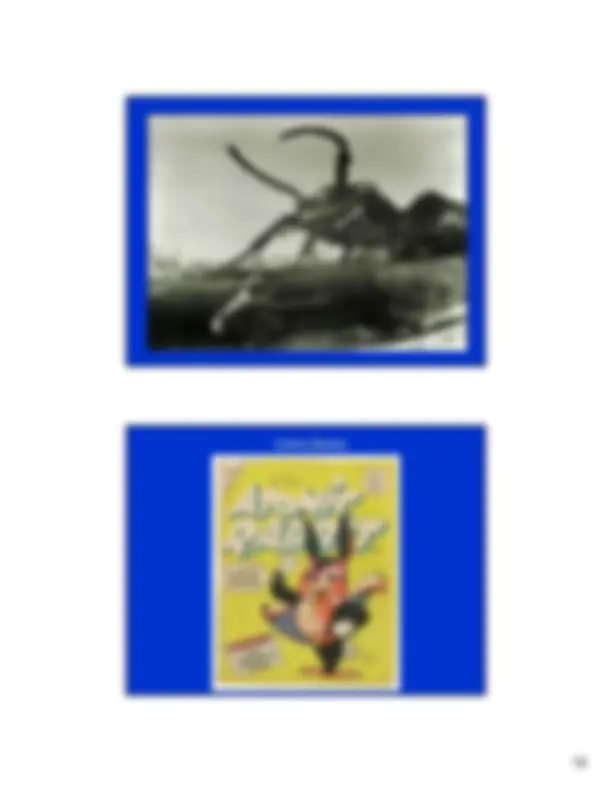
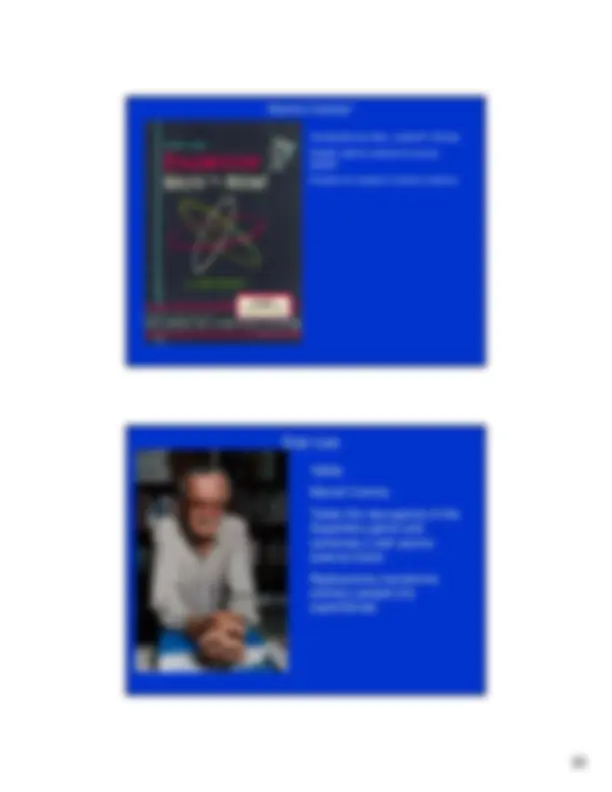

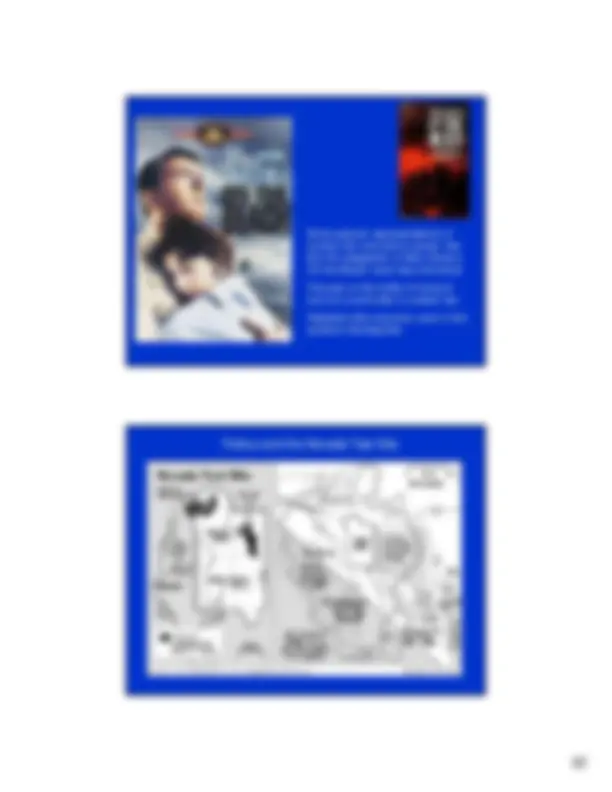
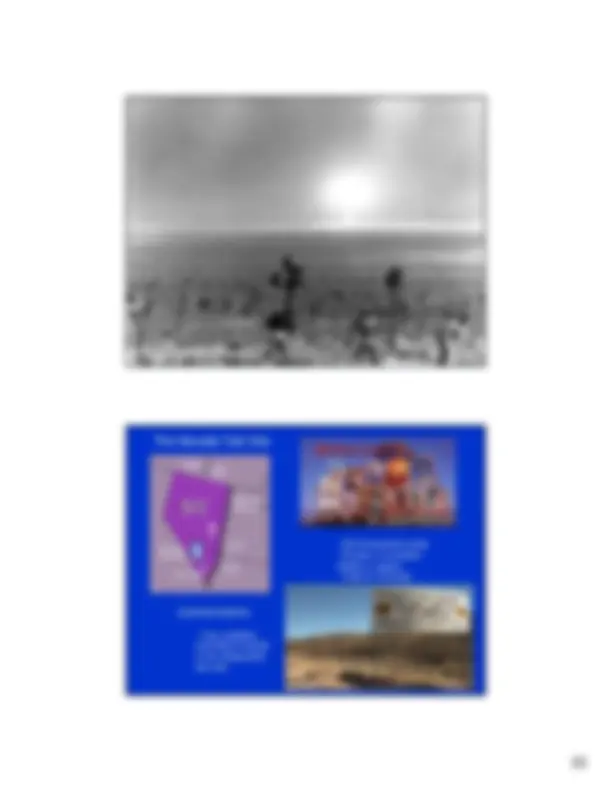
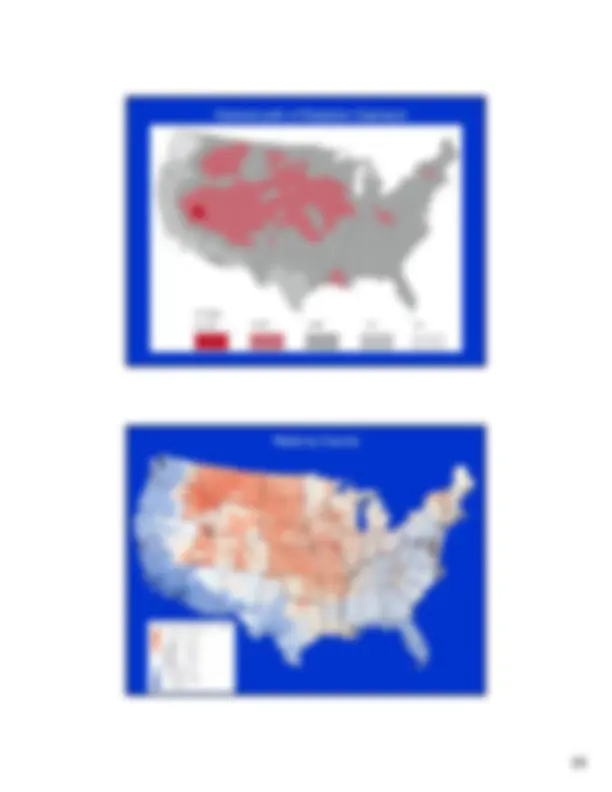
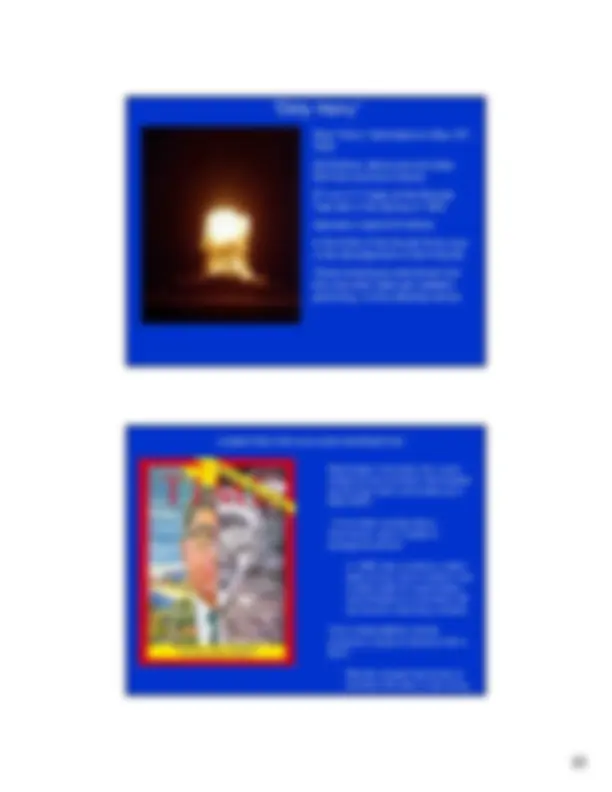
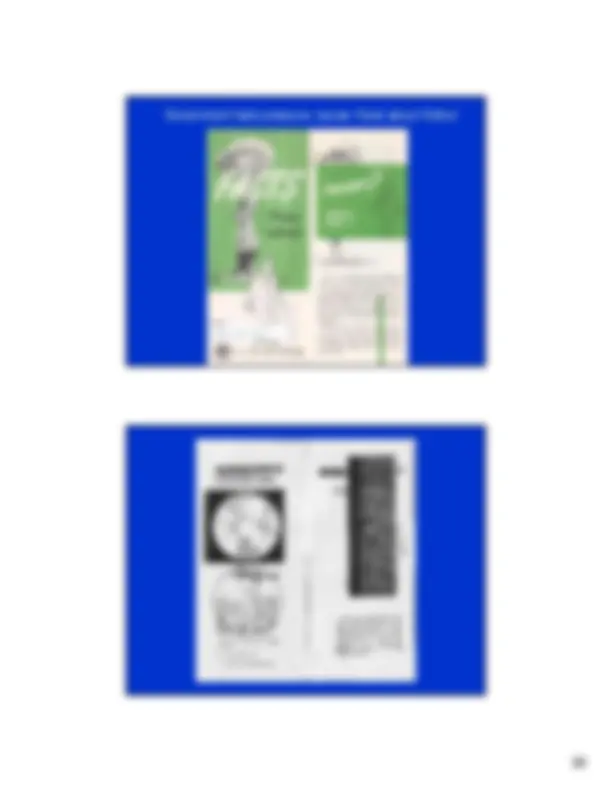
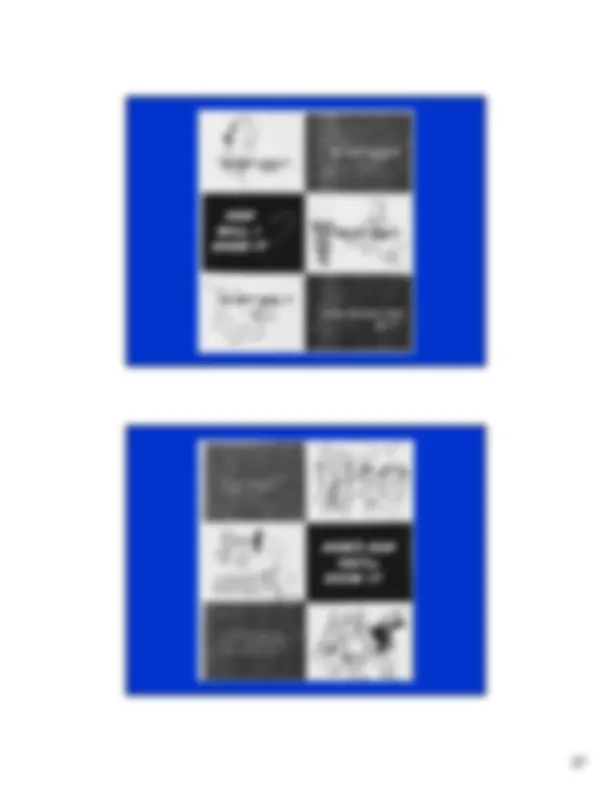
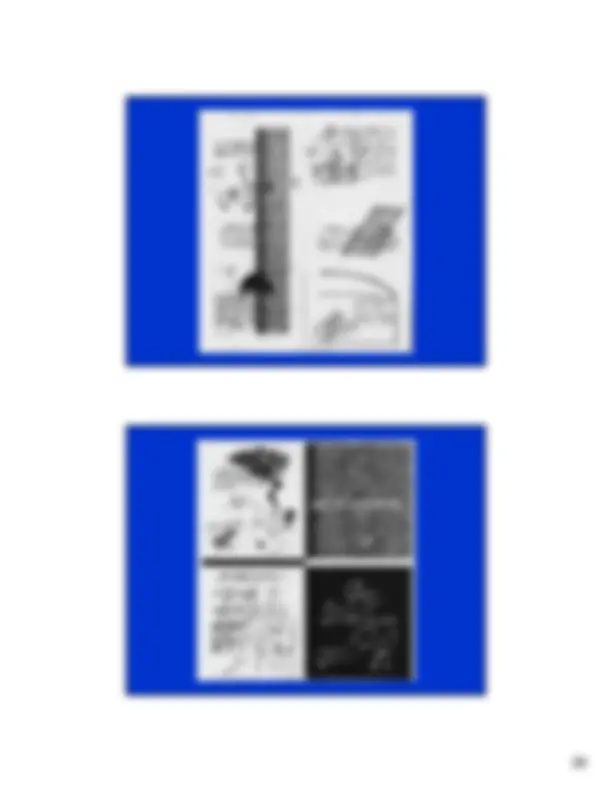
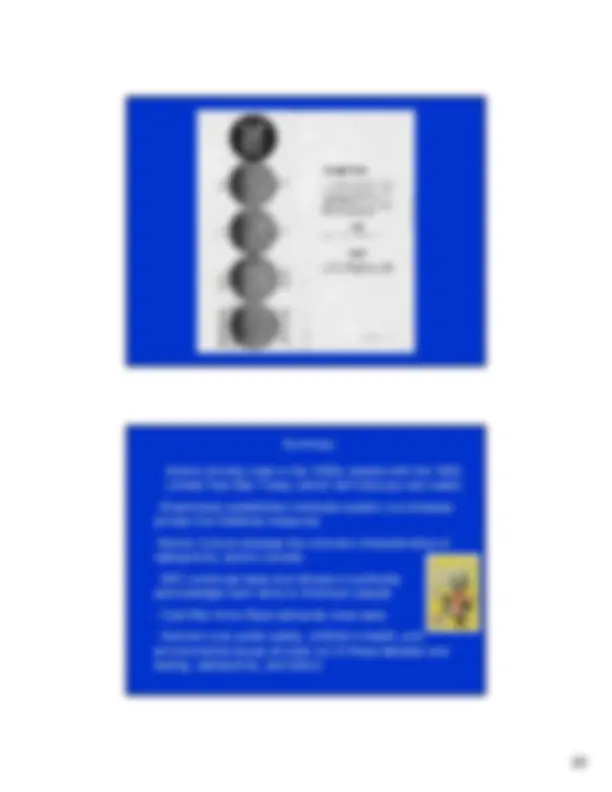


Study with the several resources on Docsity

Earn points by helping other students or get them with a premium plan


Prepare for your exams
Study with the several resources on Docsity

Earn points to download
Earn points by helping other students or get them with a premium plan
Community
Ask the community for help and clear up your study doubts
Discover the best universities in your country according to Docsity users
Free resources
Download our free guides on studying techniques, anxiety management strategies, and thesis advice from Docsity tutors
The impact of civil defense programs during the cold war on our built environment and popular culture, focusing on the revamping of us nuclear strategy under president dwight d. Eisenhower, the role of science fiction authors in shaping perceptions of nuclear science, and the debate over appropriate steps taken by the us government to safeguard against nuclear attack. The document also discusses the influence of x-rays, ionizing radioactivity, and fallout on public consciousness.
Typology: Study notes
1 / 29

This page cannot be seen from the preview
Don't miss anything!






















Terms: Dwight D. Eisenhower Fallout Massive Retaliation X-Rays SIOP Radium Sputnik I Nevada Test Site ICBM Downwinder Herman Kahn Dirty Harry Duck and Cover Mutation Bert the Turtle Strontium- Interstate System Linus Pauling Suburbia Stan Lee Office of Civil and Defense Mobilization The Consumer’s Union Bomb Shelters SANE Dual Containment Ionization
Questions to consider:
President Dwight D. Eisenhower oversaw a revamping of U.S. nuclear strategy:
Like New York City
Air-Raid drills become common in cities
Ike’s Interstate System:
-Provides easier access to the suburbs -Provides faster means of exit from cities in the case of nuclear war
Interstates change the character of post- war America, not only are they central to evacuation plans, but also provide a means for families to:
-travel -see the nation -go on vacation -prime the economy -commute
BOMB SHELTERS begin to fascinate the nation
-They represent the American do it yourself ethos
-self-protection / protect your own family
-CONSPICIOUS CONSUMPTION
-Federal government won’t pay for public shelters, but encourages DIY shelters; builds prototype shelters around the country as examples;
-OCDM distributes free copies of FAMILY FALLOUT SHELTER – booklet that tells readers how to protect themselves
Terms: Dwight D. Eisenhower Fallout Massive Retaliation X-Rays SIOP Radium Sputnik I Nevada Test Site ICBM Downwinder Herman Kahn Dirty Harry Duck and Cover Mutation Bert the Turtle Strontium- Interstate System Linus Pauling Suburbia Stan Lee Office of Civil and Defense Mobilization The Consumer’s Union Bomb Shelters SANE Dual Containment Ionization
Questions to consider:
Found that a barium- coated screen brightened when he passed an electric current through a glass bulb with most of the air removed;
The tube must have been producing some kind of radiation—it went through paper, wood, and even the human body
He calls these new, fascinating rays X-RAYS
Radioactivity Intensity measured in ROENTGENS after
Nobel Prize in chemistry
In 1957, Pauling estimates that 10,000 people were either dead or dying of leukemia; nuclear tests are the cause.
He argues that continued testing will lead to 200,000 physically or mentally defective children in the next 20 generations
Astounding Science Fiction was instrumental in shaping young minds, many of whom would go on to become scientists and writers during the Atomic Age.
For example, Judith Merril focused on atomic themes in “That Only a Mother”, in which Magraret’s husband, Hank, works around radioactive materials; the child is born without limbs.
Introduction by Gen. Leslie R. Groves Explain atomic science to young people Pushes for careers in atomic science
Stan Lee